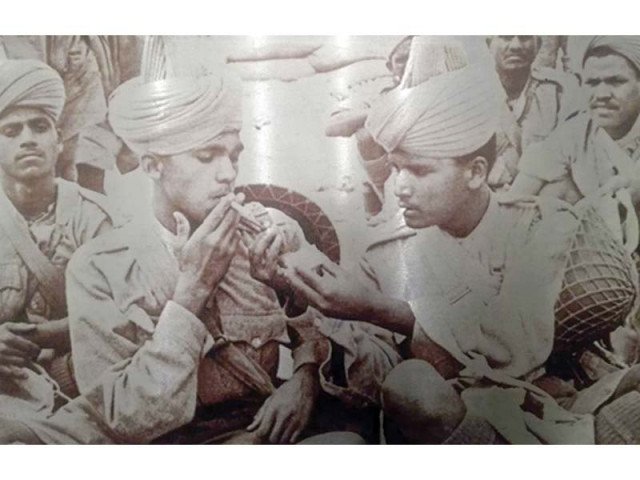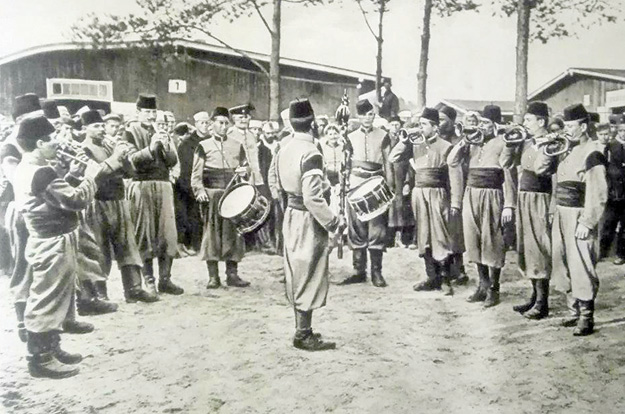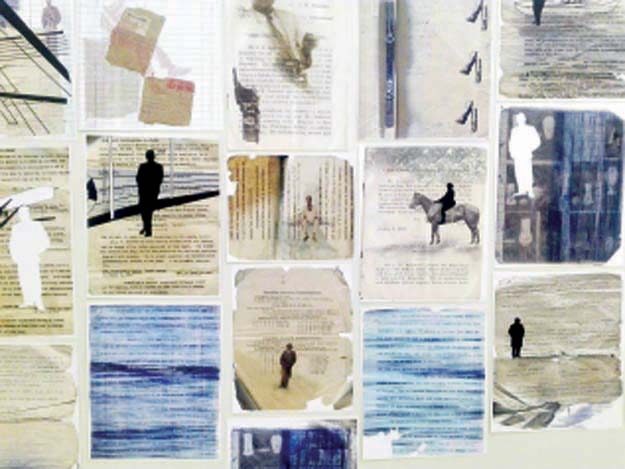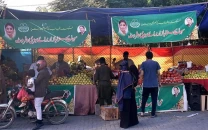Unknown stories of Indian soldiers from WW1
Artistic contributions raise questions about scenes of war beyond the known

PHOTO: EXPRESS
According to the note from Berlin-based curators Elke Falat and Julia Tieke, the artistic contributions raised questions about scenes of war beyond the western front, about religious and nationalist propaganda, about the history of science and about Germany’s relationship with Islam.

These positions add global perspectives to the dominant narrative of WWI in western history, and begin in Zosseb-Wunsdrof (Germany) where Non-European prisoners of war were held at the Halfmoon Camp.
The search for answers to the complex history of Halfmoon camp first led the project to Bangalore, Kochi in India and Karachi in Pakistan previously and most recently to Lahore in the Punjab province, which was a preferred recruitment area during the World Wars.
Second World War shipwrecks off Malaysia broken for scrap
Berlin-based artist Bina Abidi’s sound installation presented two sets of voices both largely over looked in the official accounts of WWI.
The first set is a collection of folk songs sung by the mothers, wives and sisters of Indian soldiers living in Punjab, pleading their men not to go to war. “These songs present an antithesis of war songs, telling stories of longing loss and absurdities of war,” she said.

These ballads were recorded by the artist herself with the folk singers of Pakistan. Bina’s second set of voice installation is unheard voices drawn from the letters written by Indian soldiers to their families from the front, which never reached their addresses. The content, she said, has been censored because of the frank accounts of the horrors of war.
Bangalore-based contemporary artist Surekha’s installation titled ‘A Tale of Black Pepper and Red Pepper’ comprises old images and a video. She has attempted to redefine the representation of the role of Indian soldiers, extracting texts from official military archives in Bangalore and the internet.
The artist said her work especially explored the relationship between the ‘black and red pepper’ – a code used for Indian and British soldiers respectively.
Rising to prominence: Tracing Japan’s shift to contemporary photography
The varying and often contradictory notes (both official and anecdotal) describing the bravery of Indian soldiers as well as their revolt makes one reflect upon the legitimacy of these accounts, she said.
Karachi-based artist Muzzamil Ruheel’s artworks titled ‘Love Letters’ in acrylics and ink on canvas are about how thousands of young Indian men were lured into joining the army through propaganda only to find death and loss in Europe. When these soldiers wrote to their loved ones back home, their letters would be censored to a degree where no one could ever find out what was happening.
In this backdrop, Muzzamil’s art focuses on a young girl named Jugni, who hears so much from her lover at war but there is nothing in the letter to satisfy her desires and no one to hear her heartbreaking sorrows.
Published in The Express Tribune, March 4th, 2017.



















COMMENTS
Comments are moderated and generally will be posted if they are on-topic and not abusive.
For more information, please see our Comments FAQ